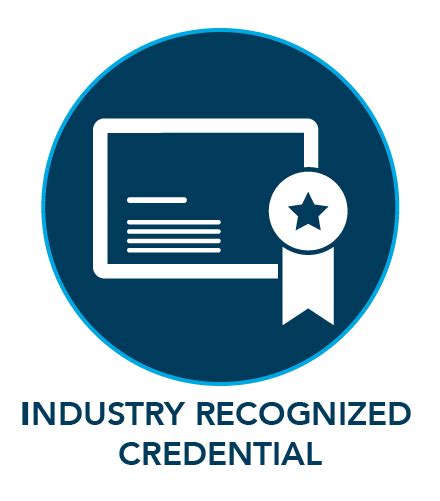As a healthcare professional, ensuring the sterilization and disinfection of medical equipment is crucial in preventing the spread of infections and maintaining patient safety. Wake Tech Sterile Processing is a specialized course designed to educate students on the principles and practices of sterile processing. In this article, we will explore seven ways to master Wake Tech Sterile Processing, providing you with the knowledge and skills necessary to excel in this field.
The Importance of Sterile Processing in Healthcare
Sterile processing is a critical component of healthcare, and its importance cannot be overstated. The Centers for Disease Control and Prevention (CDC) estimates that approximately 1 in 25 hospital patients contracts a healthcare-associated infection (HAI). HAIs can be caused by a variety of factors, including contaminated medical equipment. Sterile processing plays a vital role in preventing the spread of HAIs by ensuring that medical equipment is properly cleaned, disinfected, and sterilized.
The Benefits of Mastering Wake Tech Sterile Processing
Mastering Wake Tech Sterile Processing can benefit healthcare professionals in several ways. Not only can it enhance job prospects and career advancement, but it can also improve patient safety and reduce the risk of HAIs. Additionally, mastering sterile processing can increase confidence and competence in the workplace, leading to better job performance and a more positive work environment.
Understanding the Fundamentals of Sterile Processing
Before diving into the specifics of Wake Tech Sterile Processing, it's essential to understand the fundamentals of sterile processing. This includes the different types of sterilization methods, such as steam sterilization, dry heat sterilization, and chemical sterilization. It's also crucial to understand the principles of disinfection and cleaning, including the importance of personal protective equipment (PPE) and the proper use of cleaning agents.

Types of Sterilization Methods
There are several types of sterilization methods used in healthcare, each with its own advantages and disadvantages. Steam sterilization is one of the most common methods, using high-pressure steam to kill microorganisms. Dry heat sterilization uses hot air to sterilize equipment, while chemical sterilization uses a chemical agent to kill microorganisms.
Wake Tech Sterile Processing Course Overview
The Wake Tech Sterile Processing course is designed to provide students with the knowledge and skills necessary to excel in sterile processing. The course covers a range of topics, including the fundamentals of sterile processing, sterilization methods, and disinfection and cleaning principles.

Course Objectives
The Wake Tech Sterile Processing course is designed to achieve several objectives, including:
- Understanding the fundamentals of sterile processing
- Identifying the different types of sterilization methods
- Explaining the principles of disinfection and cleaning
- Demonstrating competence in sterile processing techniques
Mastering Sterile Processing Techniques
Mastering sterile processing techniques requires practice and patience. Students should focus on developing their skills in areas such as:
- Cleaning and disinfecting equipment
- Sterilizing equipment using different methods
- Using PPE correctly
- Following proper cleaning and disinfection protocols

Best Practices for Sterile Processing
To ensure competence in sterile processing, students should follow best practices, including:
- Always following proper cleaning and disinfection protocols
- Using PPE correctly
- Sterilizing equipment using the correct method
- Documenting all sterile processing activities
Staying Up-to-Date with Industry Developments
The healthcare industry is constantly evolving, and sterile processing is no exception. Students should stay up-to-date with industry developments, including new technologies and best practices.

Industry Resources
There are several industry resources available to help students stay up-to-date with industry developments, including:
- Professional associations, such as the International Association of Healthcare Central Service Materiel Management (IAHCSMM)
- Industry publications, such as the Journal of Healthcare Management
- Online forums and discussion groups
Overcoming Challenges in Sterile Processing
Sterile processing can be a challenging field, and students may encounter several obstacles, including:
- Inadequate training or resources
- Lack of confidence or competence
- Inconsistent or inadequate cleaning and disinfection protocols

Strategies for Overcoming Challenges
To overcome challenges in sterile processing, students can use several strategies, including:
- Seeking additional training or resources
- Practicing and refining their skills
- Collaborating with colleagues and industry experts
Conclusion
Mastering Wake Tech Sterile Processing requires dedication, hard work, and a commitment to staying up-to-date with industry developments. By understanding the fundamentals of sterile processing, mastering sterile processing techniques, and staying current with industry developments, students can excel in this field and contribute to the delivery of high-quality patient care.





What is the importance of sterile processing in healthcare?
+Sterile processing is crucial in preventing the spread of infections and maintaining patient safety. It ensures that medical equipment is properly cleaned, disinfected, and sterilized.
What are the different types of sterilization methods?
+There are several types of sterilization methods, including steam sterilization, dry heat sterilization, and chemical sterilization.
How can I master Wake Tech Sterile Processing?
+To master Wake Tech Sterile Processing, focus on understanding the fundamentals of sterile processing, mastering sterile processing techniques, and staying current with industry developments.
